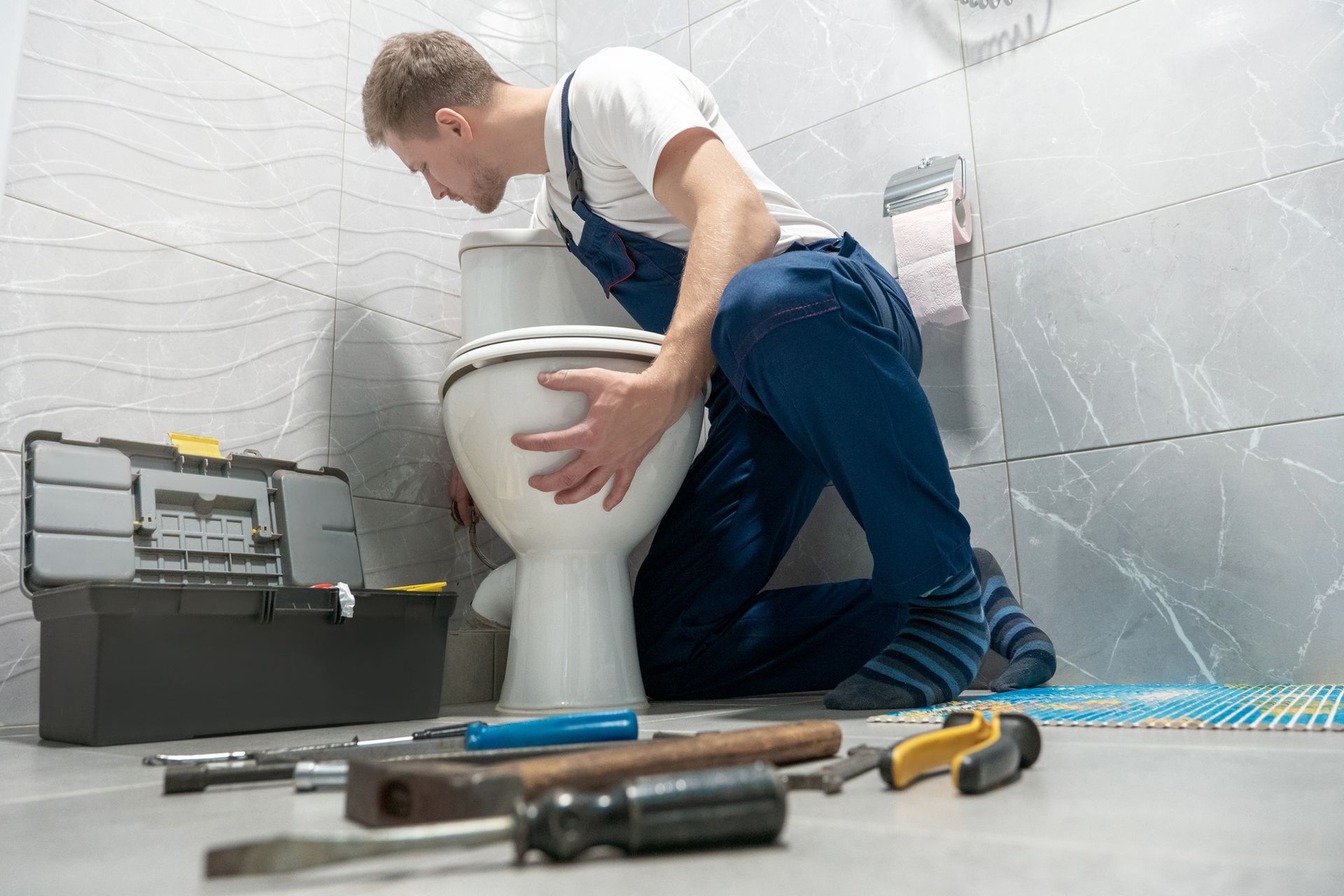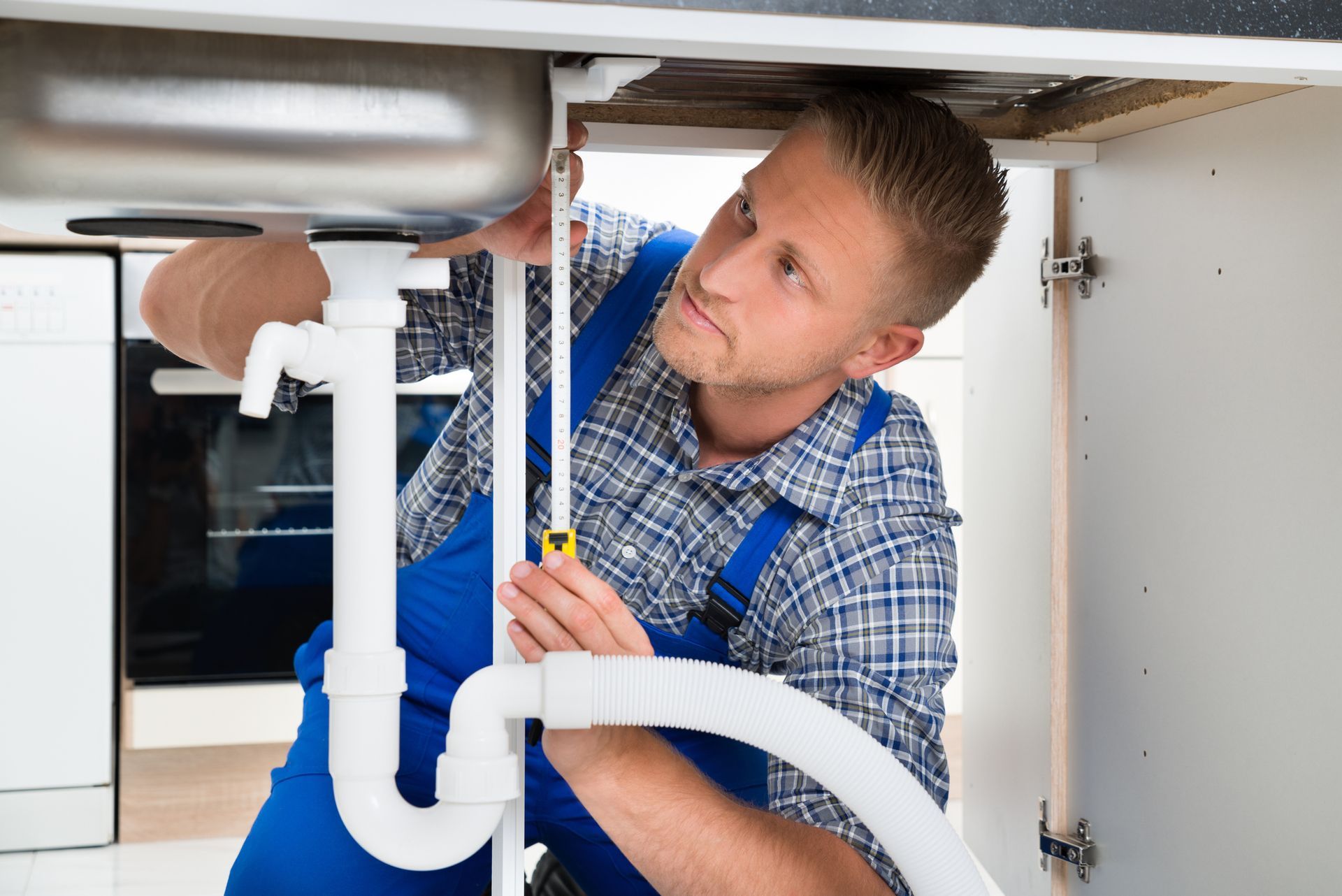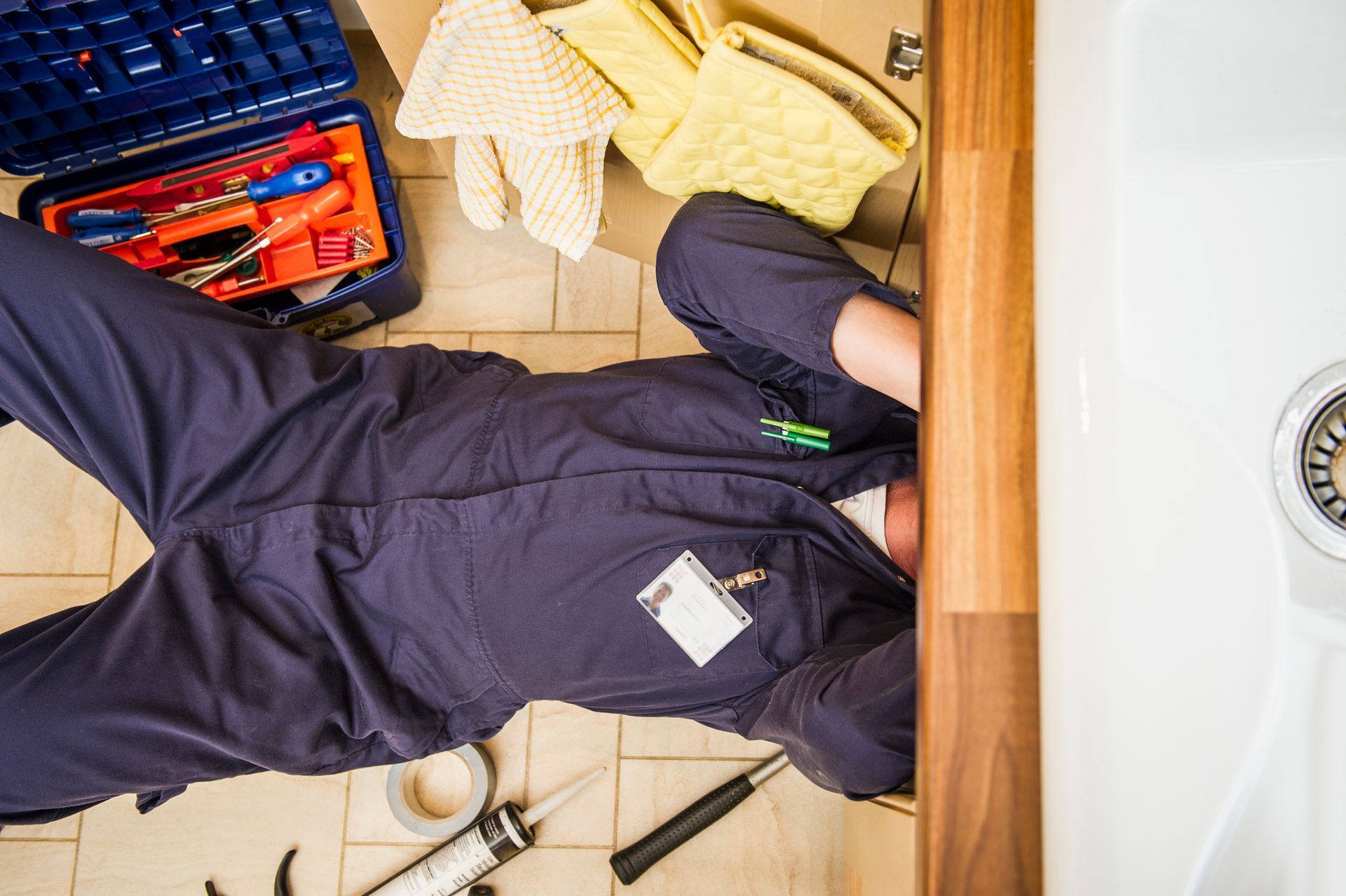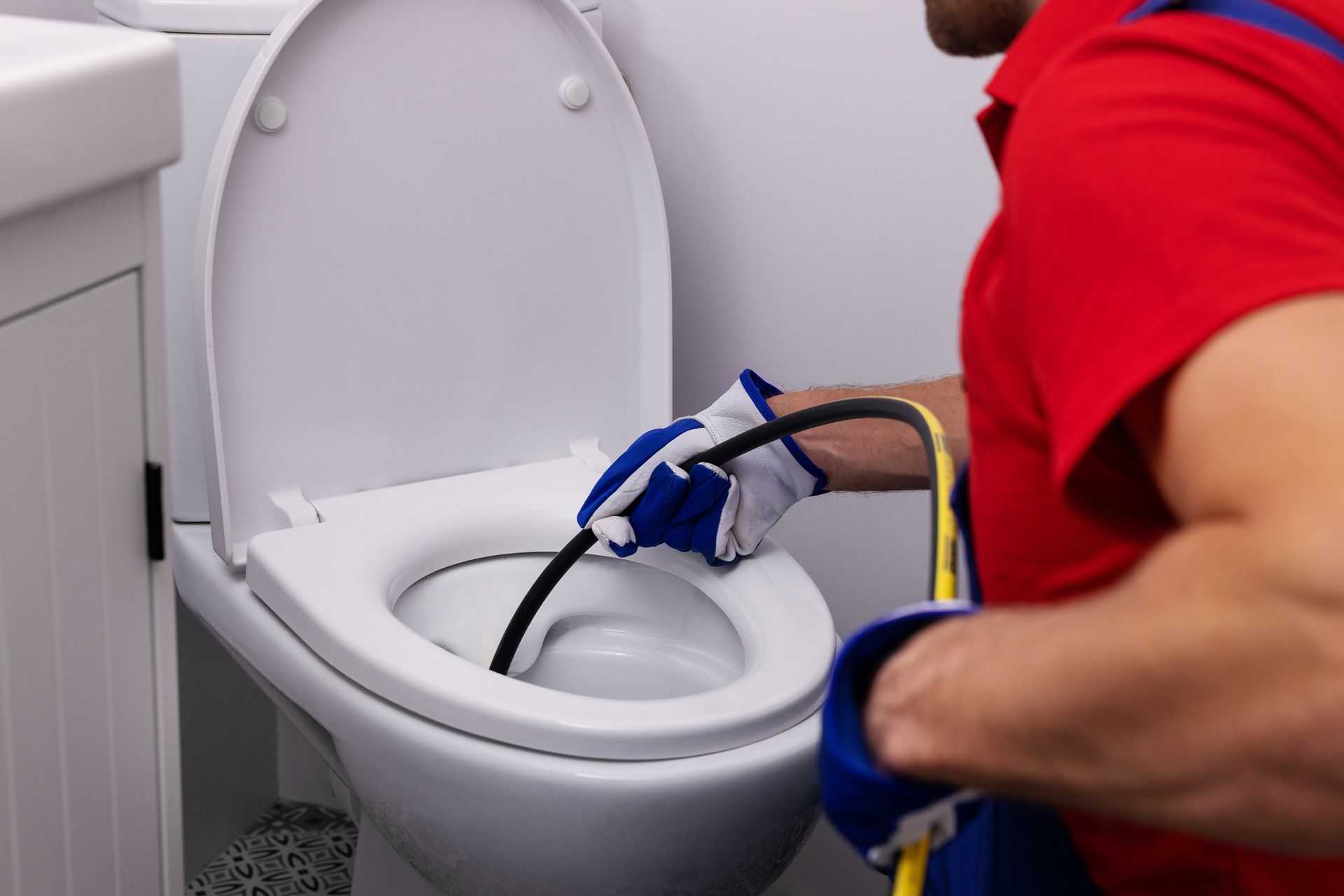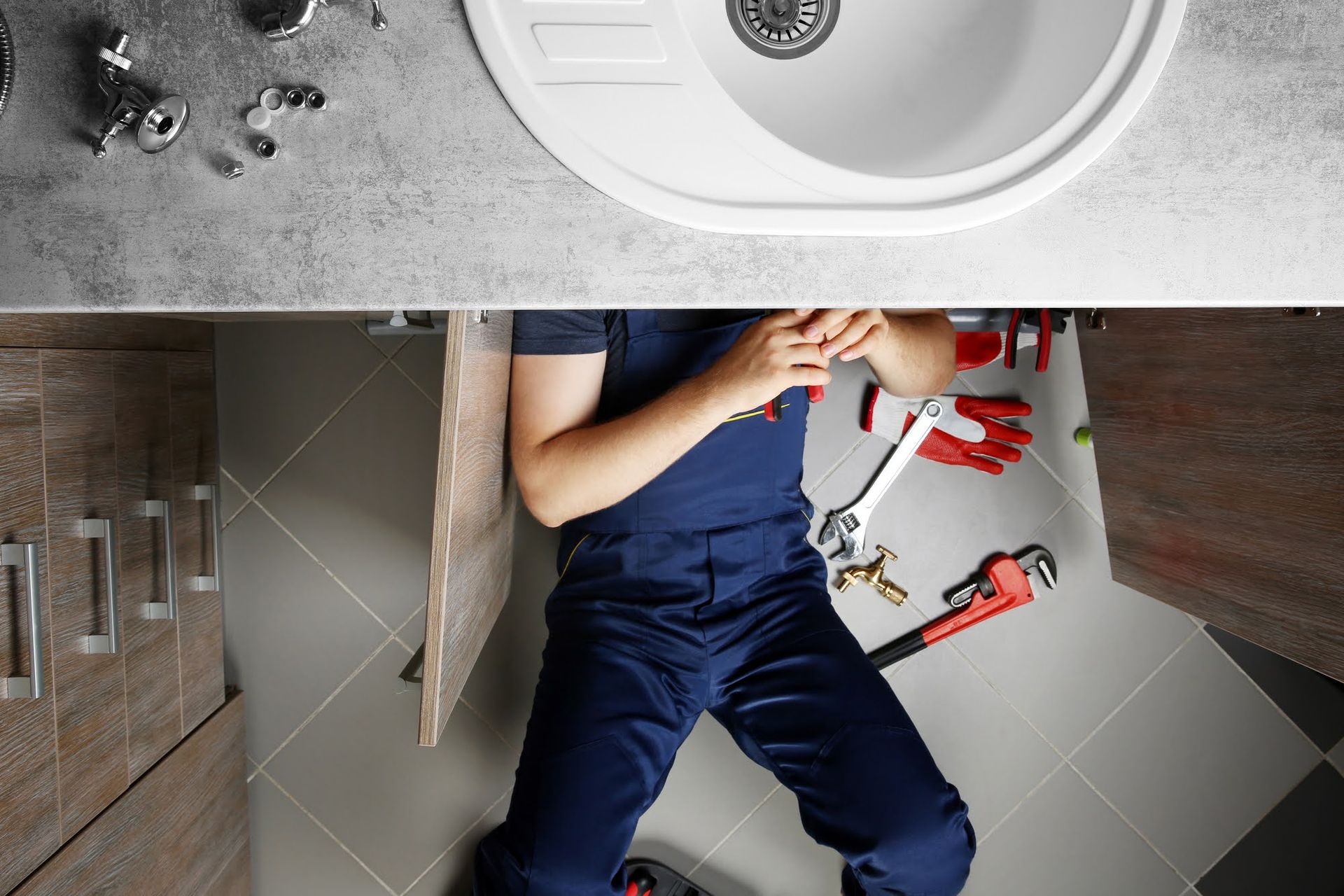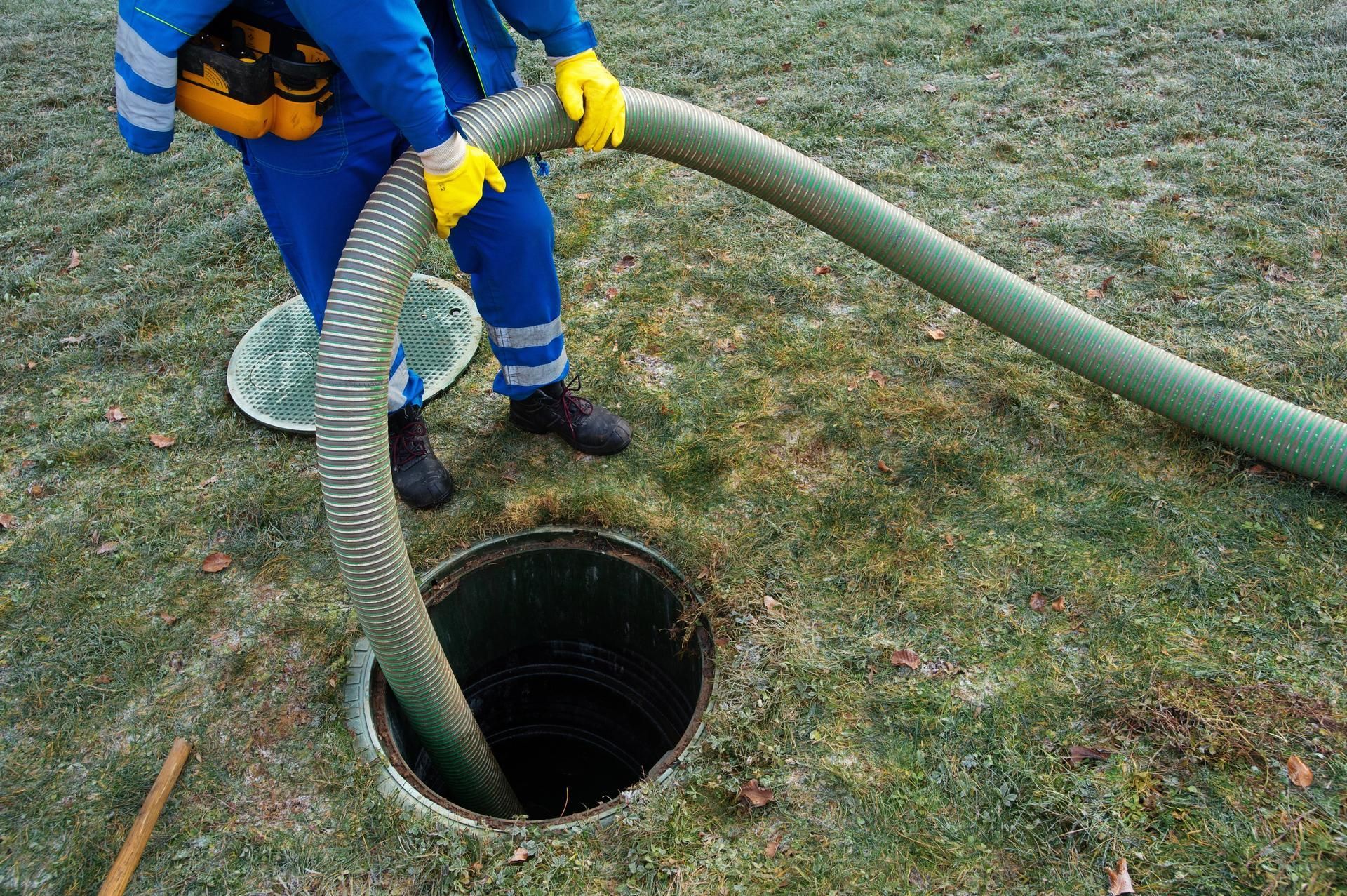How to Properly Maintain a Residential Sewer Line
admin • February 16, 2018
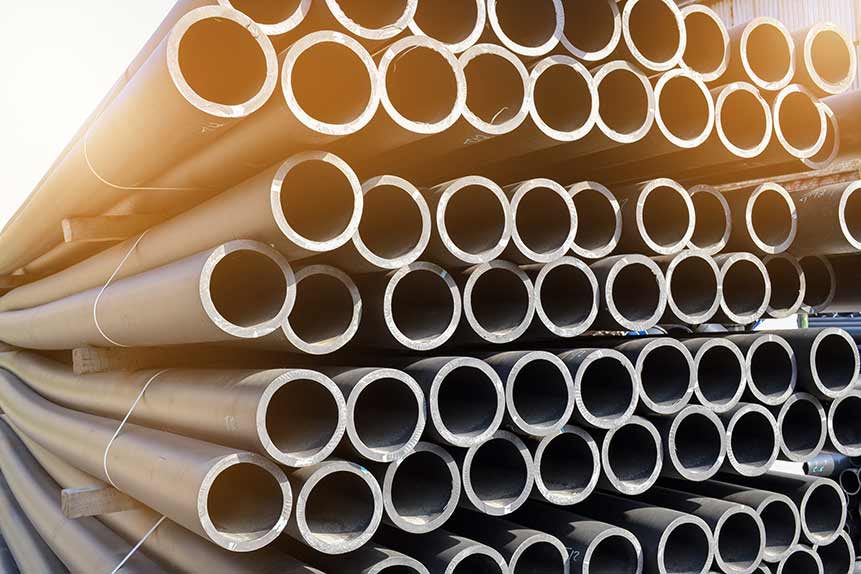
When a person owns a home, maintenance is an ongoing project. There are so many things to do, and it is not uncommon for some things to be forgotten. When water is draining properly and toilets are flushing, a lot of people don't think much about their plumbing system. But failure to maintain the plumbing, especially the sewer line, can result in major damage and expensive repairs.
Homes that are connected to a municipal sewer system have a large pipe, called the sewer line, that runs from the home to the street, where it connects to the sewer system. If the sewer line becomes completely clogged or blocked, waste and sewage can back up into the home and come up through the drains and toilet.
Learn more about how to properly maintain a sewer line and prevent sewage back-ups.
Never Pour Grease or Oil Down the Drain
Many people do not think twice about pouring grease or cooking oil down the kitchen sink drain. But doing so over an extended period of time is a major mistake that can cause a number of issues with the sewer line. One of the more common causes of sewer line clogs or blockages is congealed grease, fat, and oil. While these things may be in liquid form when dumped, they will solidify in the sewer line.
It is very easy to avoid sewer line blockages caused by grease, oil, and fat by disposing of it properly. Pour grease, fat, and oil into a jar or can and then throw it away in a trash can. While this form of disposal may be more time consuming, it can save you money on sewer line repairs and ensure that you don't have to deal with sewage backing up into your home.
Use the Toilet for What It Is Designed For
Just like grease, oil, and fats should never go down the drain of a kitchen sink, there are a number of things that should not be flushed down the toilet. A toilet is designed to dispose of human waste and toilet paper — nothing else.
Commonly flushed items, such as flushable wipes, paper towels, facial tissue, and feminine hygiene products, are not broken down by the water and bacteria in the sewer line, so they are more likely to form clogs.
Pay Attention to Where Trees and Shrubs are Planted
Prior to landscaping a yard, it is important to know where the sewer line is located on the property. Trees and large shrubs should not be planted in the vicinity. If there are any small cracks or loose joints in the sewer line, roots can infiltrate the pipe. The roots will then be fertilized by the waste in the sewer line and grow large in size, eventually causing a complete blockage.
Schedule Sewer Line Cleaning Services
One of the easiest ways to keep a sewer line in good condition is by scheduling regular sewer line cleaning
services from a reputable plumbing company. A sewer line cleaning service is affordable for most homeowners and costs substantially less than the expenses associated with emergency repairs for a blocked sewer line and sewage back up.
During a sewer line cleaning service, a high-pressure hose is inserted into the pipe and anything stuck in the line is forced into the municipal sewer system. Plumbing companies may also use small cameras to inspect the sewer line for any signs of roots that may need to be removed. Sewer line cleaning is an effective and affordable way to keep sewer lines clear and prevent large clogs or blockages.
If you need to schedule a sewer line cleaning service for your home, contact Michigan Plumbing Sewer & Drain Cleaning Inc.

